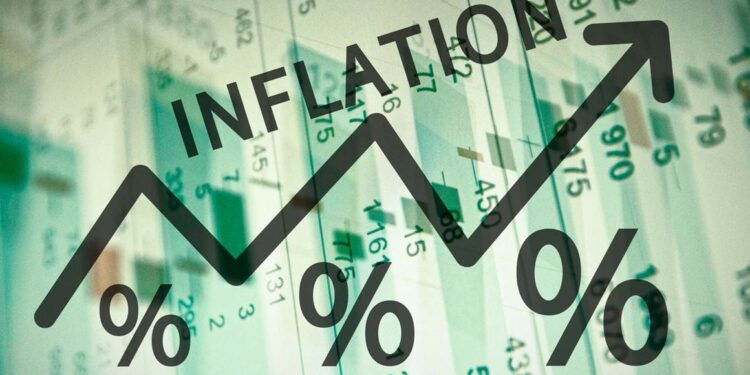Tanzania’s inflation will remain within the targets in the second half of 2022/23, as prices of global consumer goods and inflation in trading partners moderates according to an outlook by the Bank of Tanzania (BoT).
The Central Bank in its Monthly Economic Review for January 2023 further projects that inflationary pressures are expected to ease as food supply situation in the country improves following ongoing favourable seasonal rains.
According to the BoT, global economic growth remains subdued, with high cost of living, low demand and stringent financial and monetary conditions amid recorded inflation easing in some countries since October 2022.
“Central bank policy rate hikes continue to take a toll on economic activity, as the prime concern for most economies remains curbing inflation. An upside to the global economic situation is the recent reopening of China’s economy, which could lead to a faster global recovery. However, risks still prevail in the event of escalation of the war in Ukraine and possible adverse health outcomes in China,” the BoT report says.

Tanzania’s Annual headline inflation remained within the country and regional targets despite increasing to 4.9 percent in January 2023 from 4.8 percent and 4.0 percent in the preceding month and corresponding month in 2022, respectively.
“The outturn was owing to increased food prices as well as import prices of consumer goods, with the latter largely associated with the war in Ukraine,” the report says.
The rate is the lowest in the East African Community (EAC) and Southern African Development Community (SADC), partly due to the supportive fiscal and monetary policies as well as adequate food supply in the country.
For the fourth month in a row, food inflation, particularly unprocessed food, has been a major contributor to overall inflation.
Food inflation, which includes non-alcoholic beverages, remained on an upward trend for the eighth month in row, reaching 9.9 percent in January 2023, with prices of all selected major food crops rising.
“The increase was due to higher demand from neighbouring countries coupled with low production in some areas of the country,” the report added.







